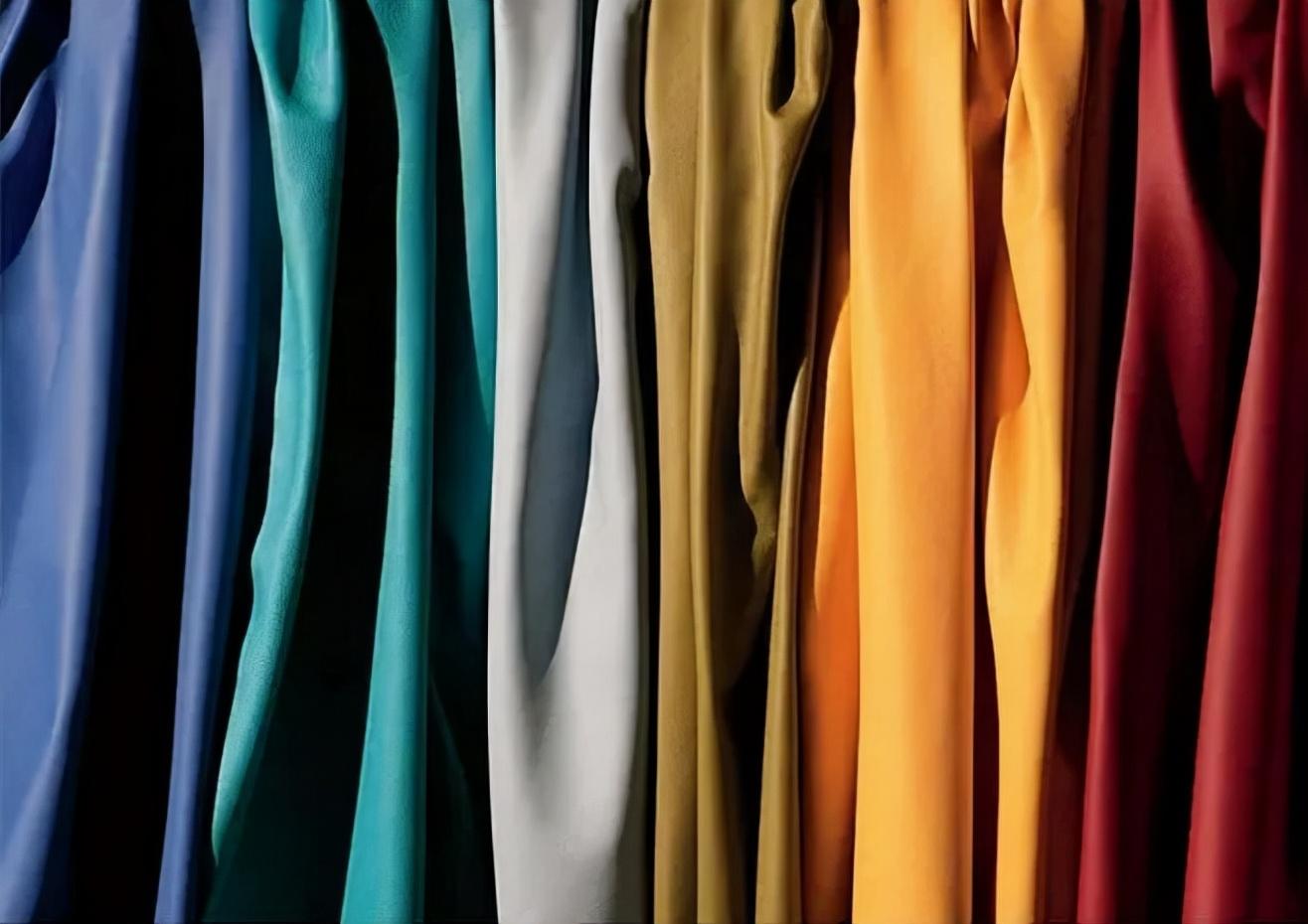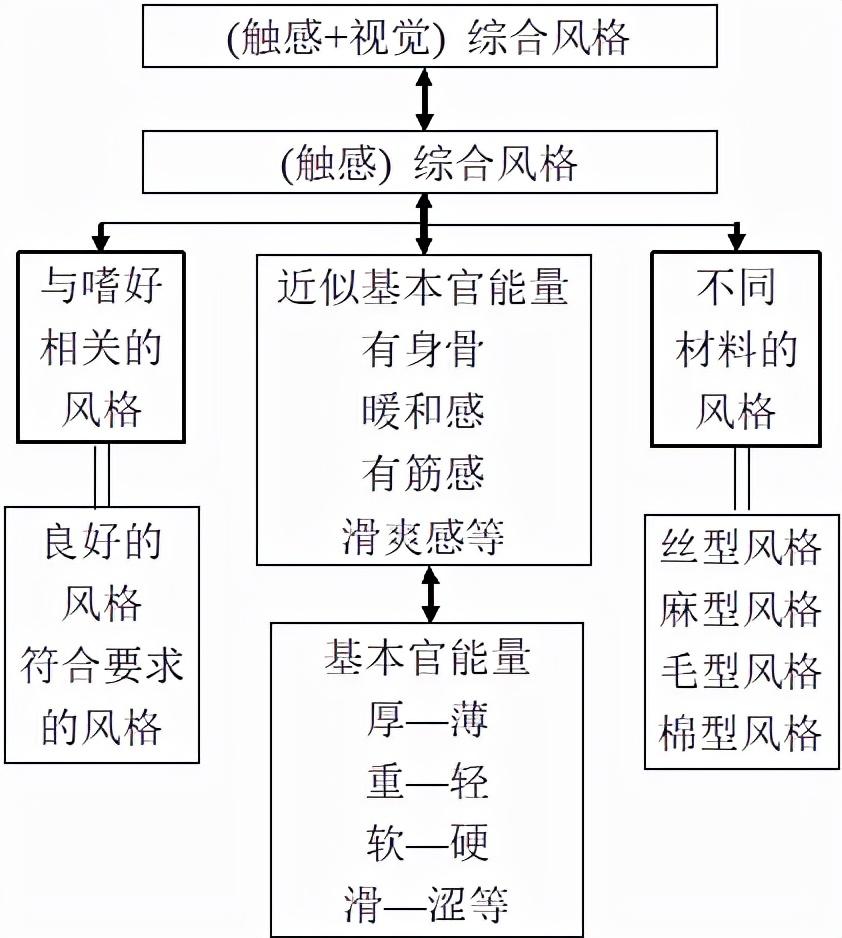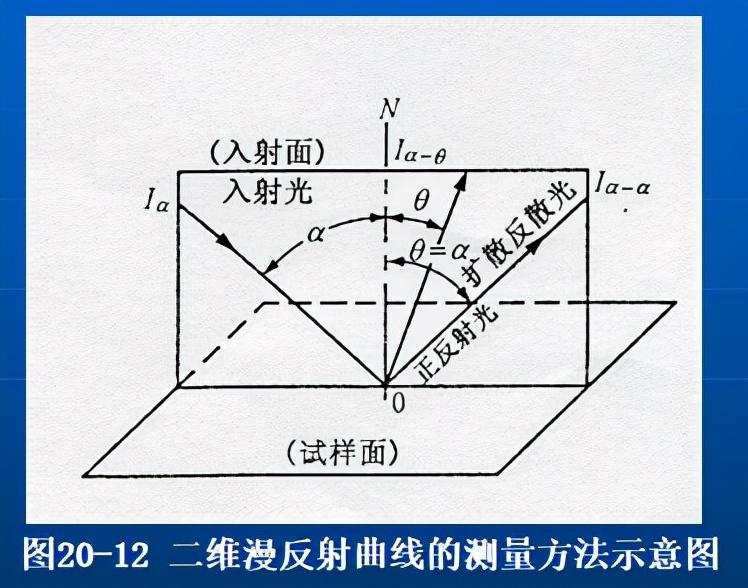
The concept of fabric style is broad: the inherent properties and shapes of the fabric itself act on The combined effects produced by human sense organs. (Tactile, visual, auditory) Narrow sense: the comprehensive reflection of certain physical and mechanical properties of fabrics caused by the touch of human hands. (Feel)
Generalized fabric styles include
Tactile style: The characteristics of the fabric are measured by the feeling produced when the hand touches the fabric, that is, the hand feel, also known as the narrow style of the fabric.
Visual style: Including visual effects such as shape, gloss and image.
Shape refers to the visual effect of the lines and shapes formed by the fabric under specific conditions, such as the drape of the fabric. Shape can also be called the morphological style of the fabric.
Gloss refers to the visual effect caused by the luster of the fabric. It is related to the intensity of the reflected light, the directional distribution of the reflected light and the components of the reflected light. related to structure. Such as aurora, fat light, fat light, soft light, metallic light, etc.
Image refers to a visual effect caused by the texture image on the surface of the fabric, such as wrinkle effect, wrinkles, grain lines, lines, and delicacy Textured texture, rough textured texture, etc.
Auditory style: that is, sound perception, which mainly refers to the sound effect produced when fabrics rub against each other. Such as the “silk sound” of silk fabrics.
Classification and requirements of fabric styles
Classification of styles

Requirements for different raw material fabric styles
- Wool fabric: soft to the touch, stiff and anti-wrinkle, rich in elasticity, good body and bones, plump and smooth, neither stiff nor rotten, and the surface is even. The flower shape is generous, three-dimensional, the color is bright and pleasing to the eye, the luster is natural and soft, and it is not easy to deform.
- Silk fabric: light and soft, bright in color, smooth and beautiful, smooth to the touch, and the silk surface is flat, rich and dense.
- Line fabric: strong and crisp, smooth and refreshing to the touch, even dryness, and uniform cloth surface.
- Poplin among cotton fabrics: soft and smooth to the touch, uniform color, fine appearance, smooth and even cloth surface, similar to silk fabric style.
Requirements for fabric styles for different uses
- Outerwear fabrics:hairy style;
② Fabric color and toneFabric color: color, brightness, chroma
Color representation: color rendering system, color mixing system
Measurement of color: visible light spectrophotometer
③Fabric gloss Sense
- Fabric gloss: the brightness of the fabric surface under certain background and lighting conditions, as well as the contrast relationship and dispersion with the brightness distribution in all directions Comprehensive performance of relationships;
- Fabric gloss: Under certain environmental conditions, fabric gloss information stimulates human visual cells, thereby forming a judgment of fabric gloss in the human brain. It is the feeling and perception of fabric gloss information. reaction.
Fabric gloss
- Specular reflected light
- Surface scattered reflected light (diffuse light)
- Internally scattered reflected light
- Light dispersion
Evaluation and measurement of fabric gloss
- Sensory visual inspection
- Mirror gloss
- Two-dimensional contrast gloss
Two Dimensional diffuse gloss

Factors affecting fabric gloss
- Fiber: surface morphology, surface structure, cross-sectional shape
- Yarn: structure, twist direction, surface hairiness
- Fabric: structural phase, tissue point distribution, tightness, etc.
Visual effects of fabric texture and organization
①Fabric weave Effect
The effect of fabric organization on the appearance style of fabric.
Plain weave fabric, twill weave fabric, satin weave fabric, crepe weave, raised stripe weave
②Surface effect of fabric
The effect of fabric surface properties on fabric appearance style mainly depends on the fiber and surface microstructure.
③ Texture effect of fabric
Different production processes of fabrics form different patterns and have different appearance effects on the fabrics.
Fancy yarn fabrics, woven fabrics, printed fabrics, and other patterned fabrics.
/span>
②Surface effect of fabric
Fabric The effect of surface properties on the appearance style of fabrics mainly depends on the microstructure of fibers and surfaces.
③ Texture effect of fabric
Different production processes of fabrics form different patterns and have different appearance effects on the fabrics.
Fancy yarn fabrics, woven fabrics, printed fabrics, and other patterned fabrics.








